
27th February 2025
15 min read
by Anna Jones
Before embarking on a road trip across Italy, it's crucial to understand the country's driving regulations. By familiarising yourself with essential road signs and markings, you’ll boost your confidence on the road which will mean a safer and more enjoyable journey throughout the country.
Italian traffic signs adhere to European norms, meaning their designs, colours, and meanings are consistent across most of Europe. Here's a breakdown of the key signs you should recognise:
Triangular red and white signs serve as warnings, alerting you to potential hazards such as sharp curves, pedestrian crossings, or construction zones.
Circular red and white signs represent legal directives for certain road sections, such as speed restrictions or no-entry zones. These rules must be followed.
Circular blue and white signs provide mandatory instructions, such as requirements to turn in a particular direction or use snow chains.
Square or rectangular signs offer general road information, such as directions to highways, tourist spots, or nearby facilities.
Essential Italian Road Signs
| Speed Limit |
Minimum Speed Limit |
Yield/Give Way |
Stop |
Roundabout Ahead |
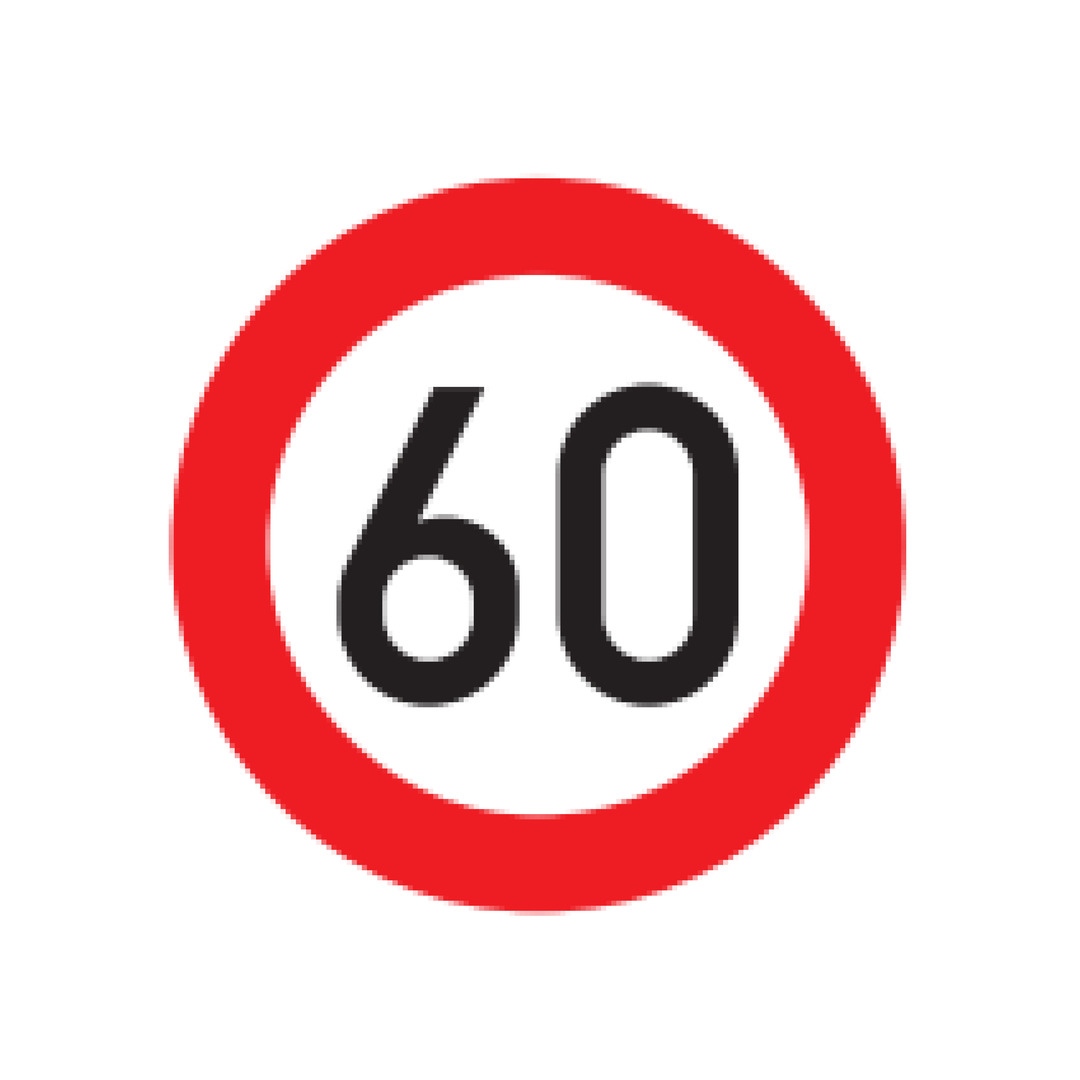
|
 |
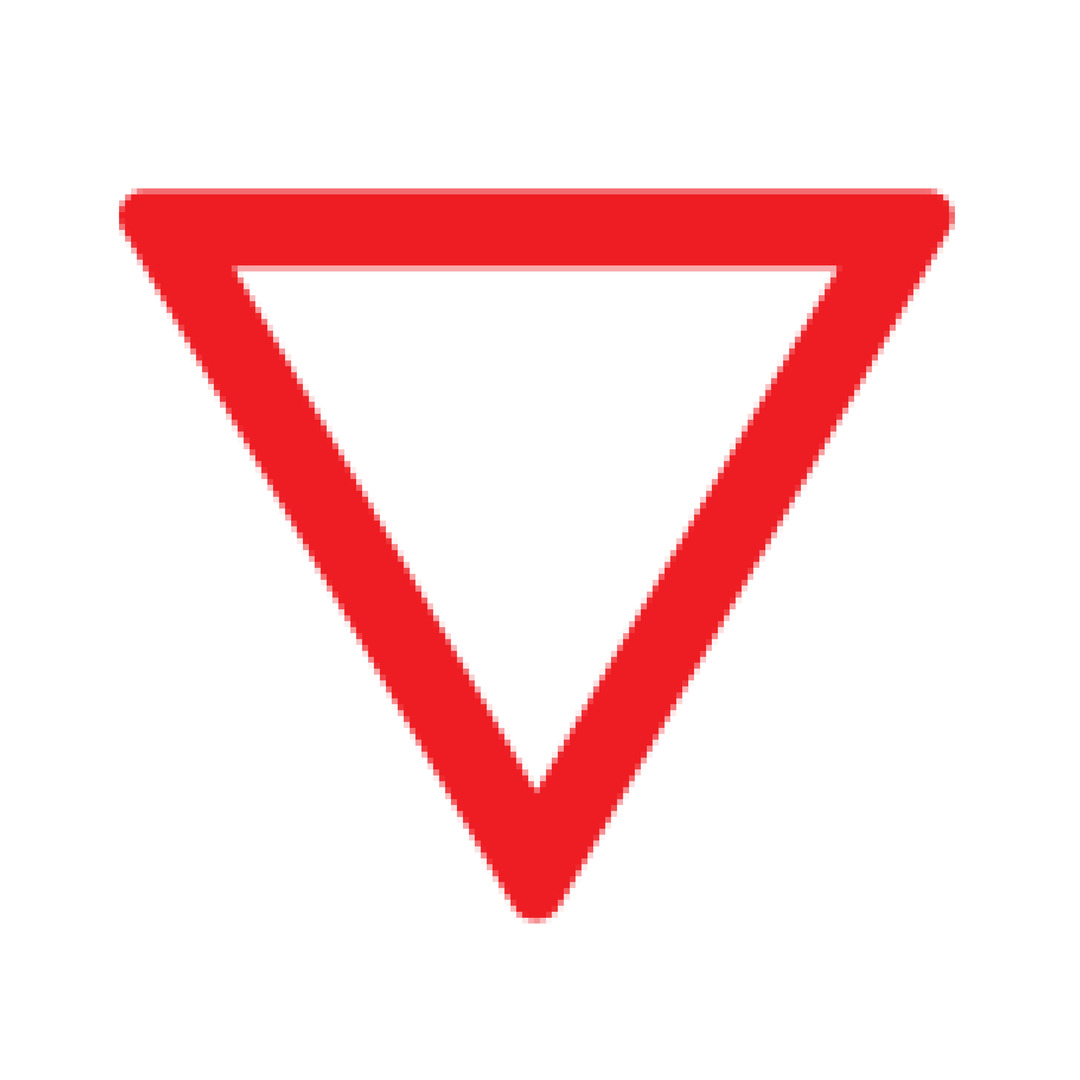 |
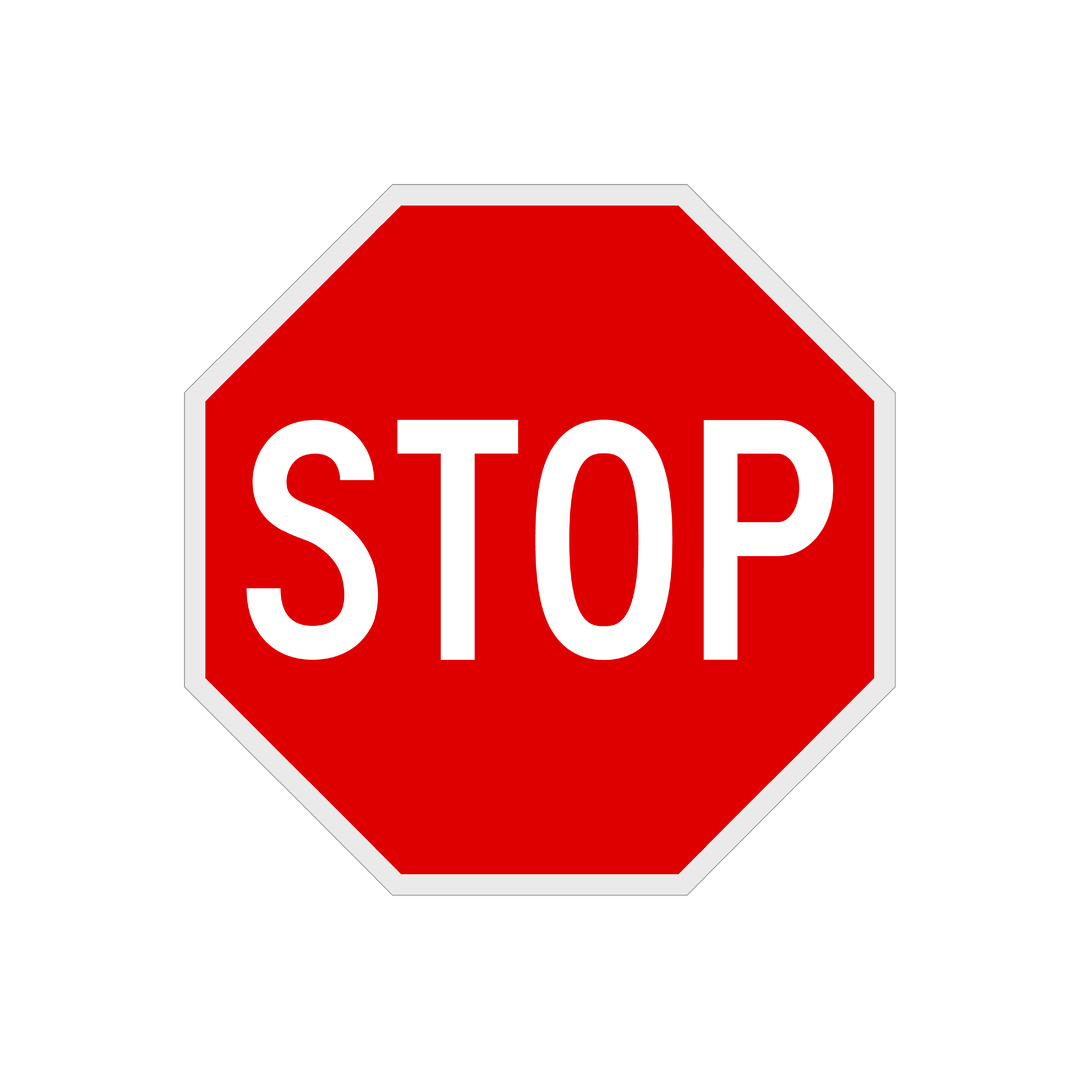 |
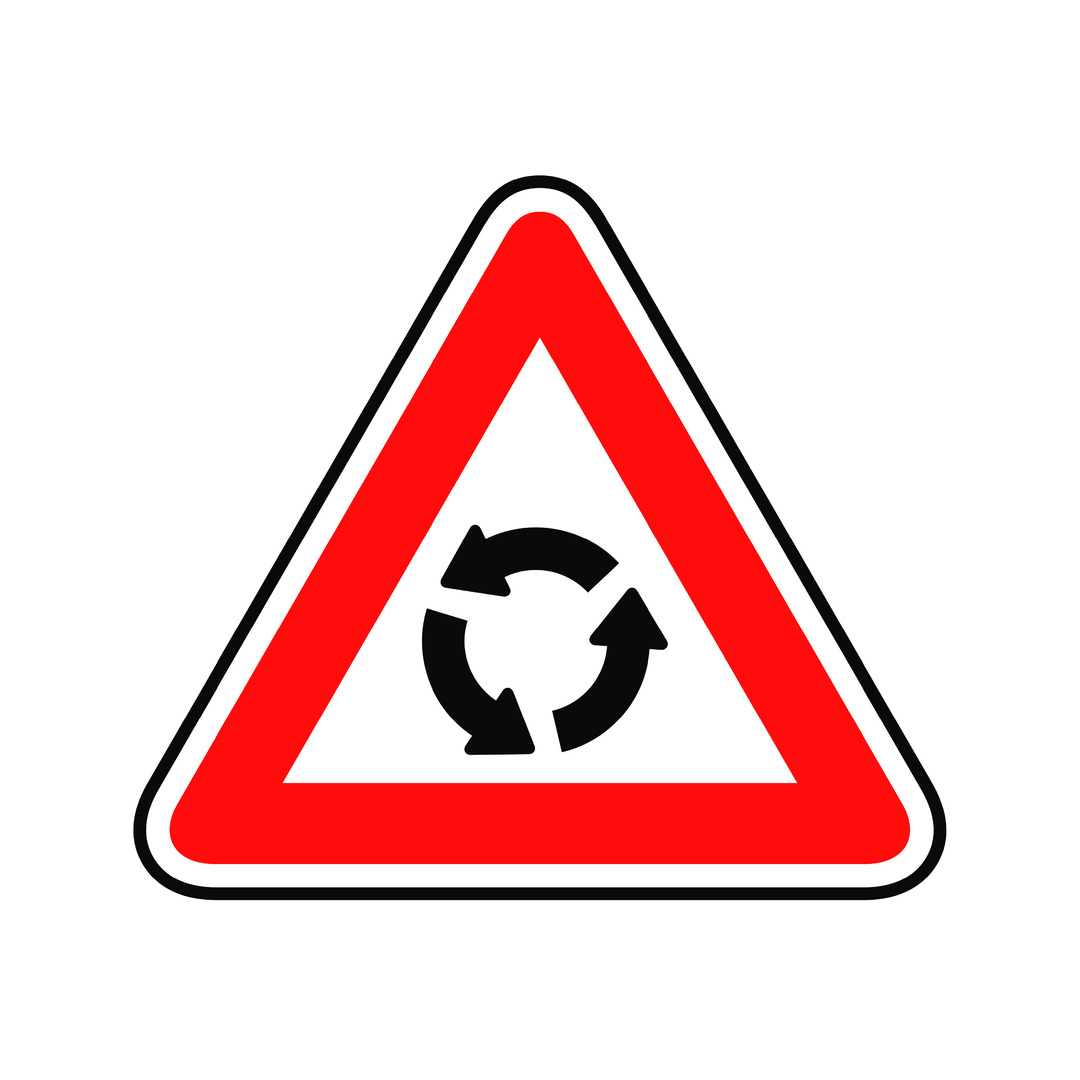 |
| The speed limit sign is universally recognisable, as it follows the same standard across Europe. It's important to remember, however, that the number shown represents kilometres per hour (km/h). |
The minimum speed limit sign is also easily recognisable. It indicates that you must maintain at least the specified speed whenever the sign is displayed. If your vehicle cannot reach this speed, you will need to choose an alternative route. |
A red upside-down triangle with a white center signals that you must yield to oncoming or crossing traffic. |
In Italy, the word 'stop' is used in English to indicate where you must stop. You may also encounter some older signs where 'stop' is displayed inside a red triangle, instead of the usual octagon. |
This sign is simple to understand – it signals an approaching roundabout. The arrows point counterclockwise, reflecting the fact that traffic in Italy moves on the right. |
| General Warning |
Minimum Following Distance |
No Vehicles with Four or More Wheels |
Max Height and Max Width |
Restricted Vehicular Traffic Zone |
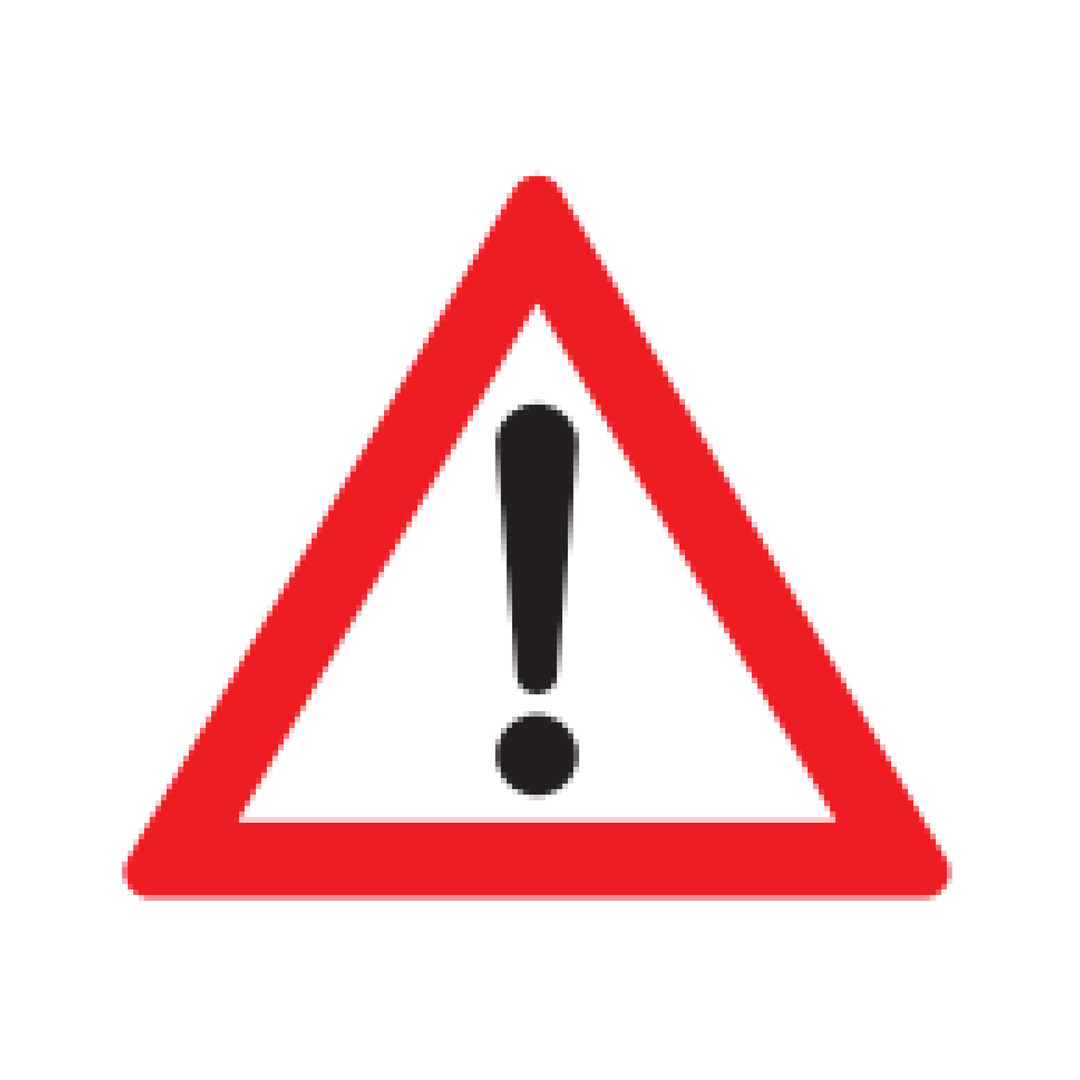 |
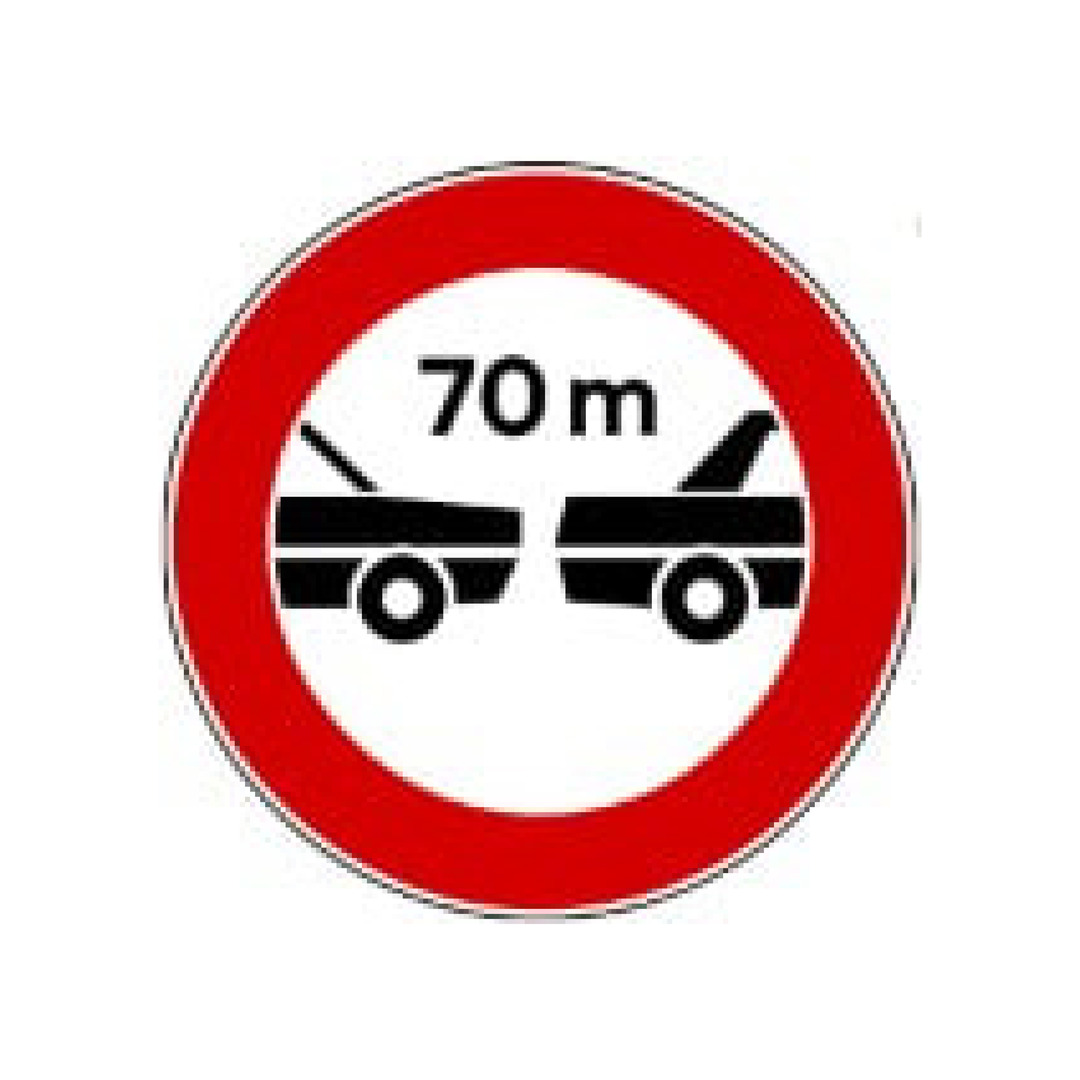 |
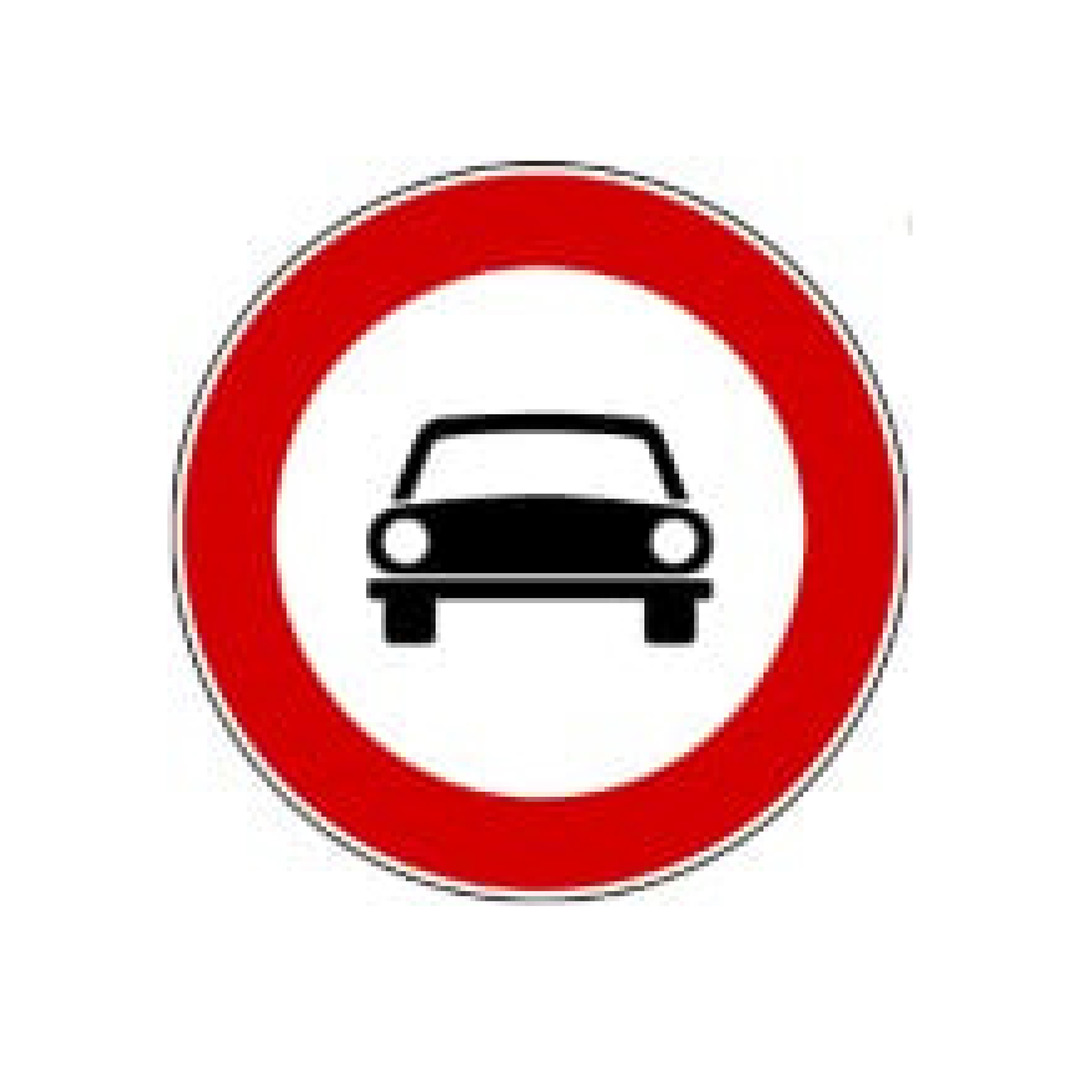 |
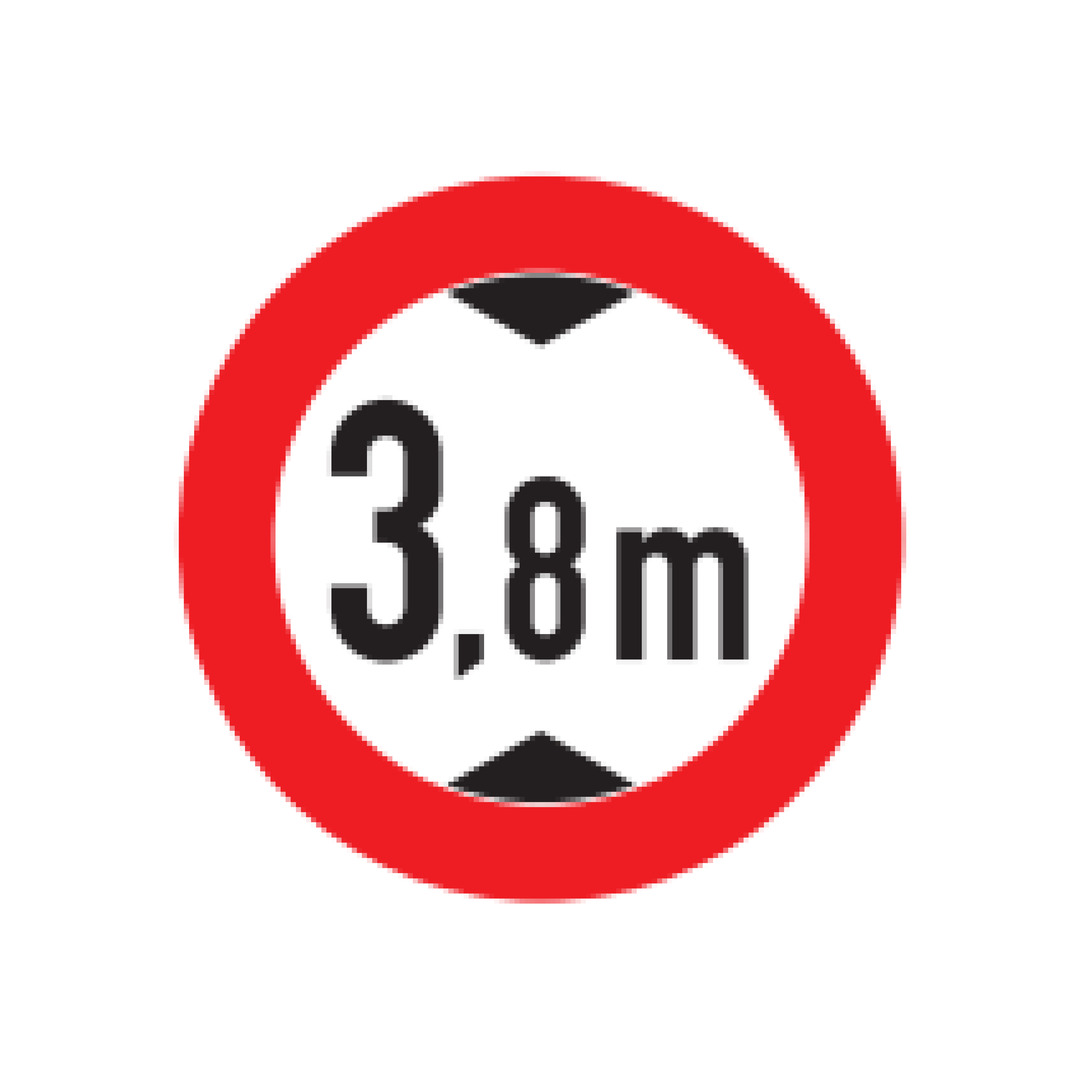 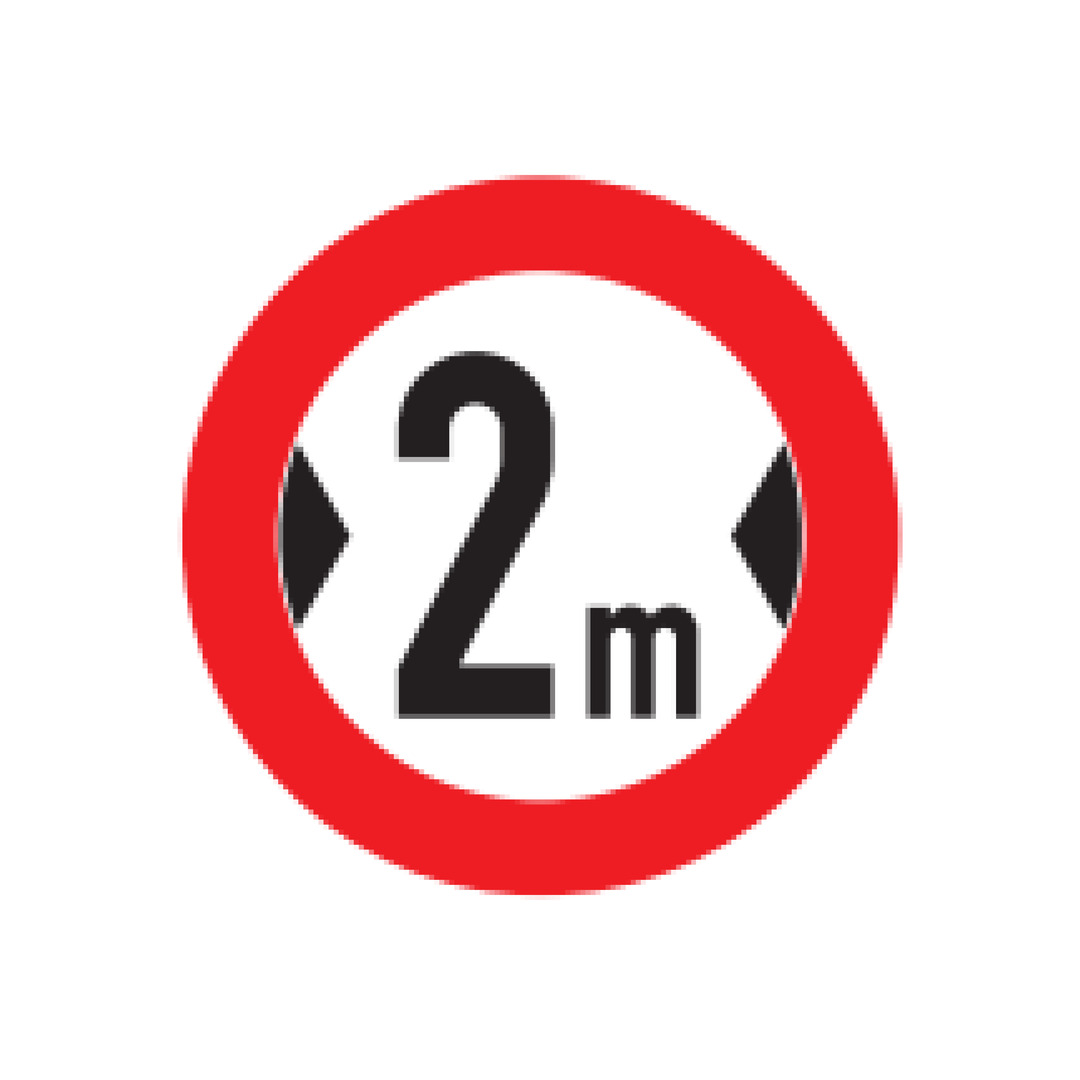 |
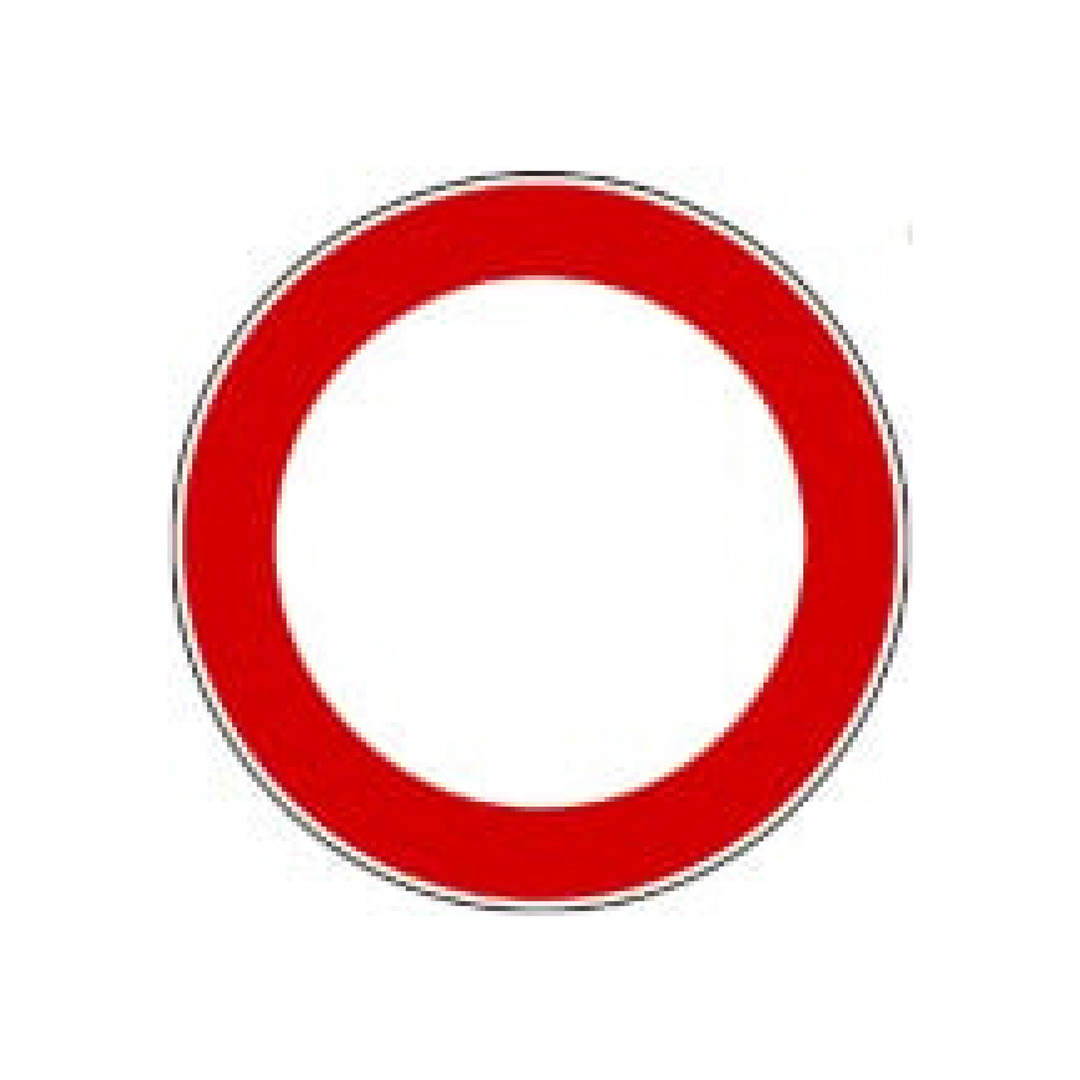 |
| This sign marks a no-entry zone for cars, so it's crucial to remain vigilant. You may also see an additional sign detailing the specific road restriction, though it will most likely be in Italian. |
This sign shows the minimum distance, in meters, that vehicles are required to keep between one another. |
This sign is found at the entrances to roads where vehicles are prohibited. If you encounter this sign, you'll need to take an alternate route. |
Also referred to as 'vertical clearance' and 'horizontal clearance,' these signs are consistent across Europe. The measurements are provided in meters. |
You may encounter this sign in major cities across Italy. It indicates 'Zonas Traffico Limitato' (ZTL), or limited traffic zones. Sometimes the sign is blank, while other times it specifies restrictions on certain vehicles, such as buses, motorcycles, or cars, entering the ZTL. |
| No Stopping/No Parking |
Priority Road Starts/Ends |
Crossroads with Priority from Right |
Direction of Main Road |
Customs, Police Roadblock and Tolls |
 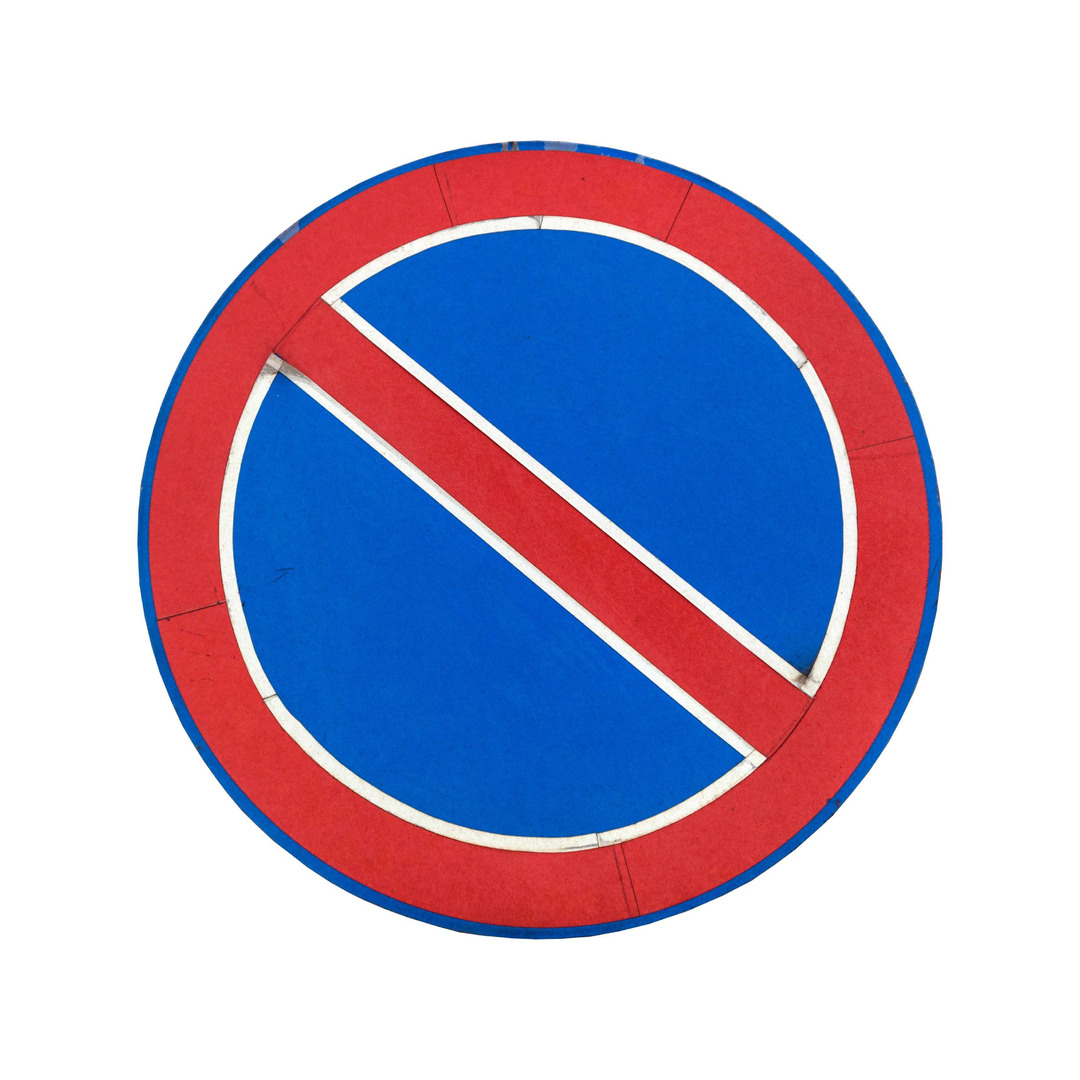 |
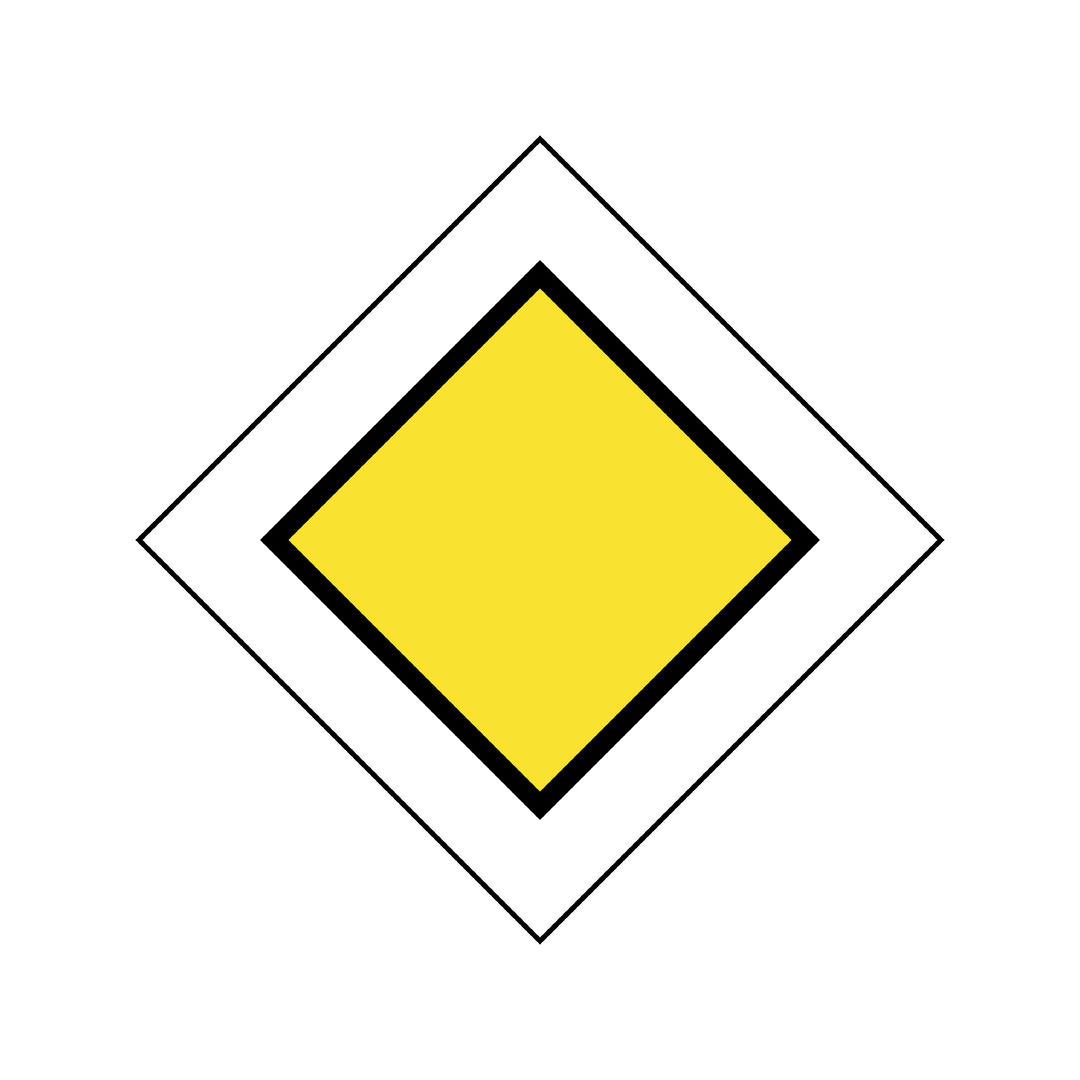 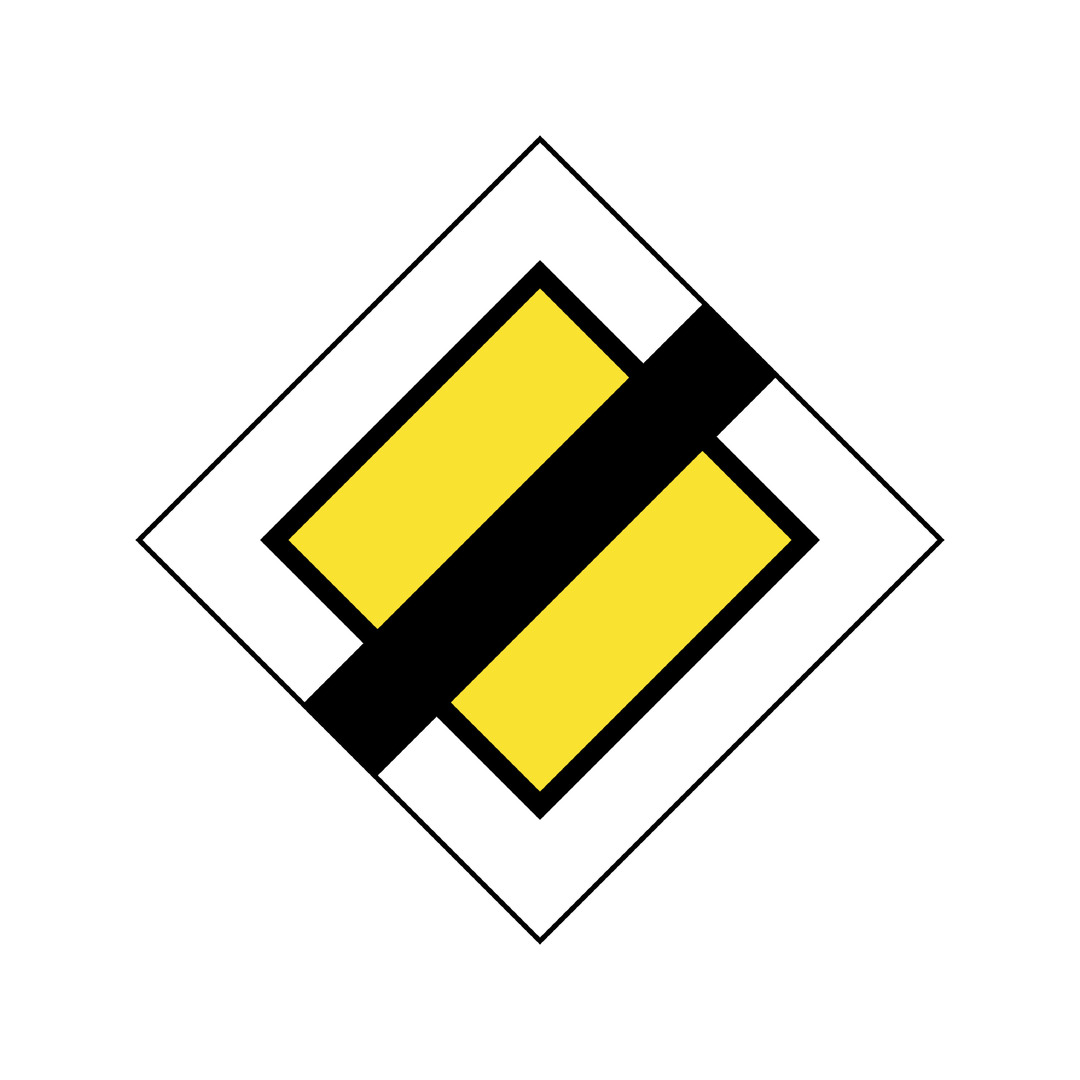 |
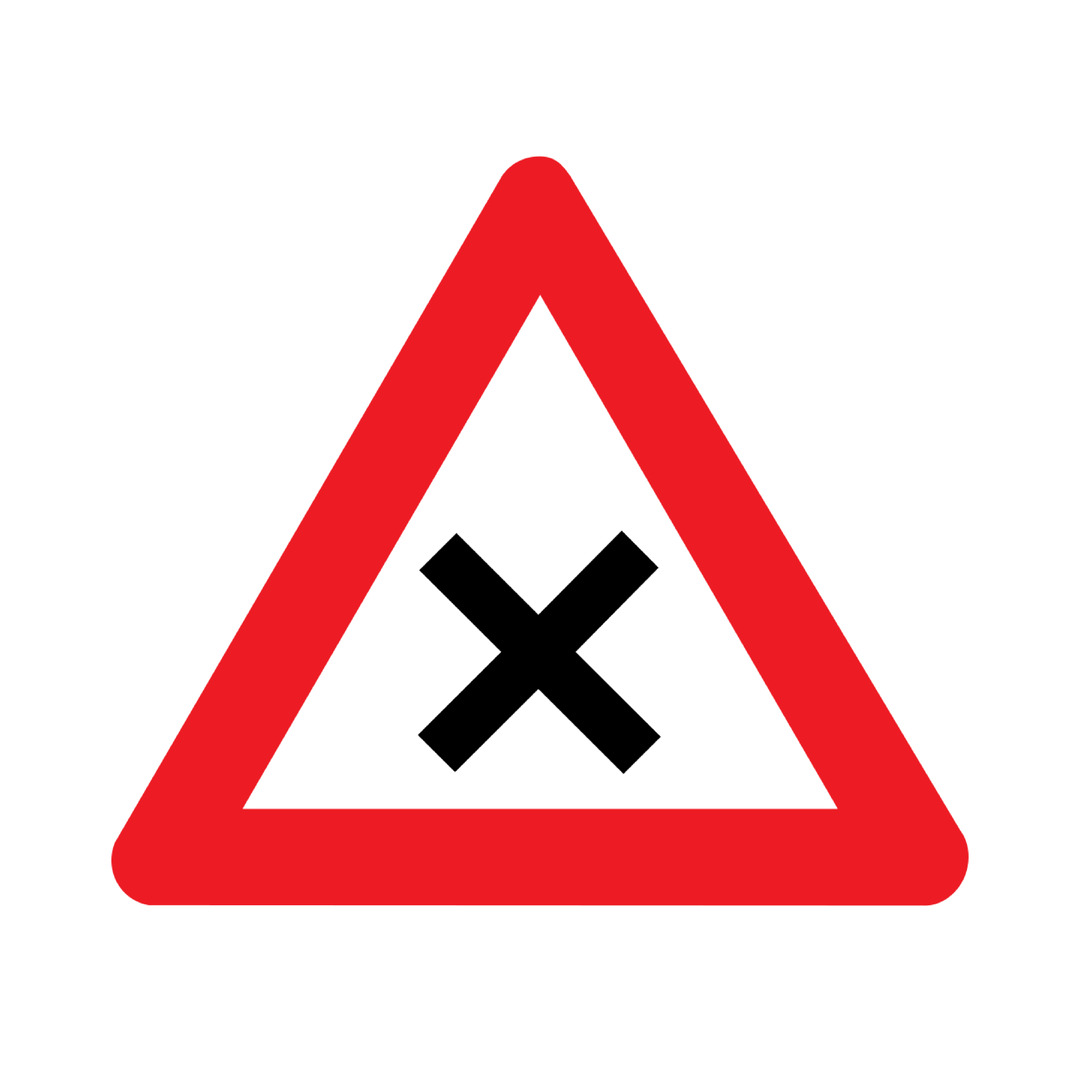 |
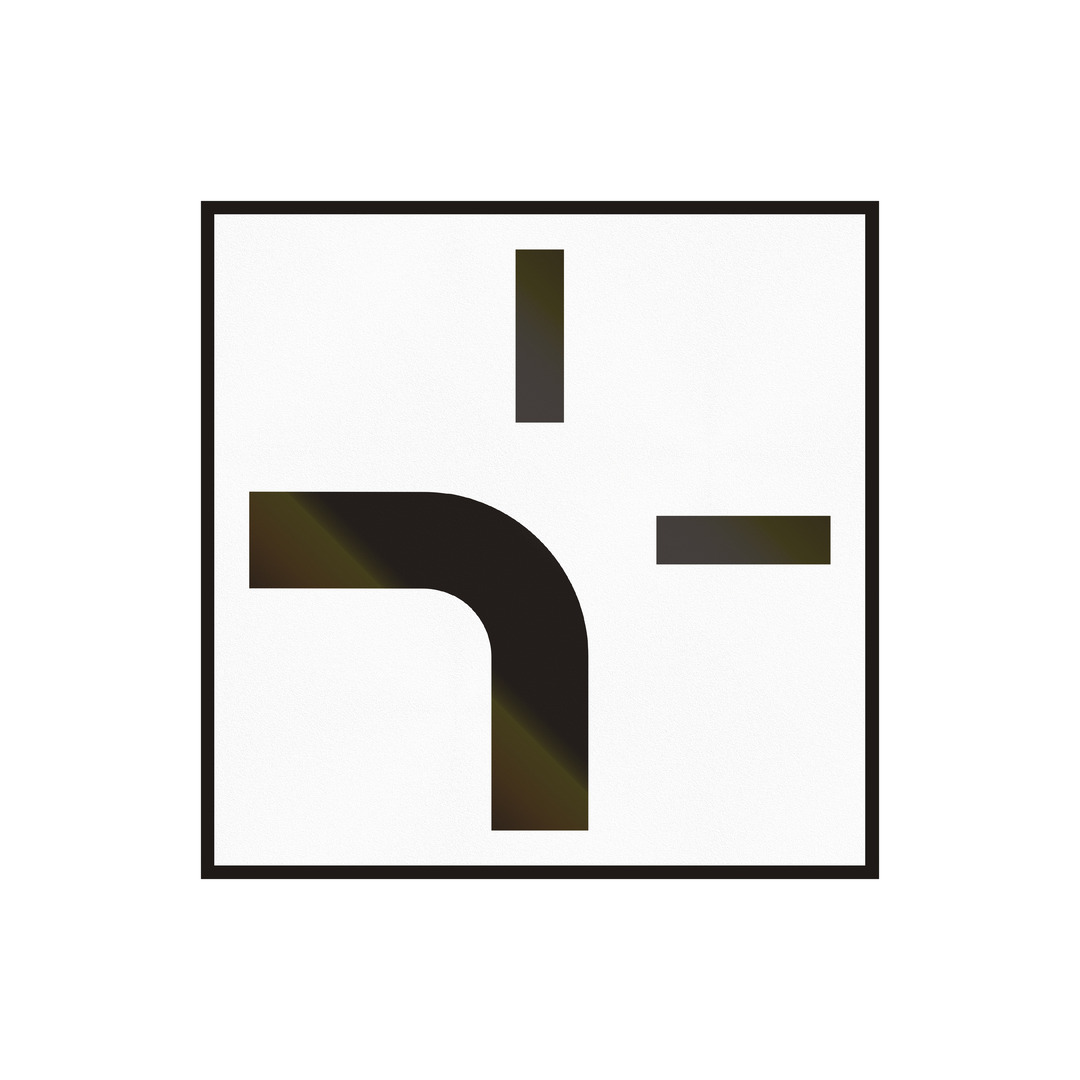 |
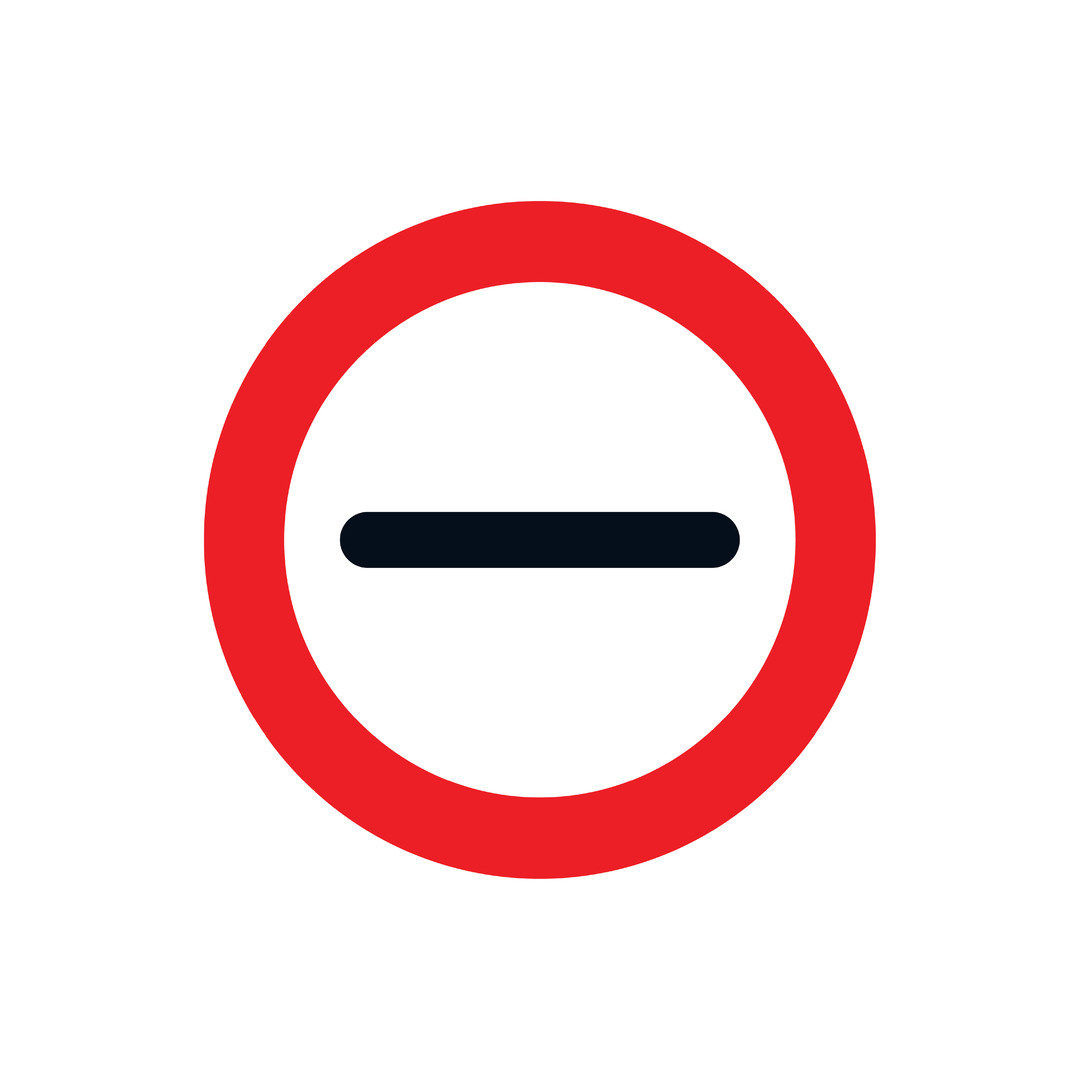 |
| A circular sign with a single diagonal line signifies 'no parking,' while a sign with two diagonal lines means 'no stopping.' Both signs apply to the side of the road where they are placed. |
This yellow diamond with a white border marks the beginning of a 'priority road,' meaning you have the right of way until the priority road concludes. The 'end of priority road' sign is identical but features a black diagonal line, indicating that standard right-of-way rules are in effect again. |
A black cross inside a red triangle indicates that vehicles coming from the right have priority at the next crossroads. Known as an uncontrolled crossroad, this sign reminds you to slow down and stay alert for approaching traffic from the right. |
This sign indicates the direction of the road ahead, with the thicker line representing the main road. Although smaller roads may seem to continue straight, you must use your indicators to exit the main road and enter them. |
Signs directing drivers to stop for customs checks, police roadblocks, and toll payments are quite similar, so it’s important to pay attention to the wording. 'Dogana' indicates a customs checkpoint, 'Alt Stazione' refers to toll stations, and 'Polizia' marks police roadblocks. When you approach these signs, stop your vehicle at the designated road markings or as instructed by a police officer or customs official, then wait for further instructions. |
Italian Road Markings
Italian road markings are quite similar to those in other European countries, but it's always a good idea to familiarise yourself with their meaning before hitting the road.
Solid continuous white line: Marks the edge of the road or separates lanes. Crossing this line is prohibited unless in an emergency.
Broken white line: Separates lanes of traffic moving in the same direction. You can change lanes when it's safe to do so.
Solid yellow lines: Indicate temporary lanes or restrictions due to roadworks. Always adhere to posted speed limits and follow instructions.
Zigzag yellow lines: Found near toll booths or service areas, these indicate lanes where vehicles must slow down and be prepared to stop.
Blue road signs and lane markings: Used for motorway-specific information, such as rest areas (aree di servizio), emergency lanes, and toll payment lanes.
Be sure to pay attention to lane markings designated for specific vehicles, such as bicycles, buses, and emergency vehicles. Driving in restricted lanes can result in a fine.
Stay alert, follow road signs and markings, and drive responsibly to avoid penalties. For added peace of mind and a smoother driving experience in Italy, consider car hire excess insurance for coverage in case of any unexpected situations.